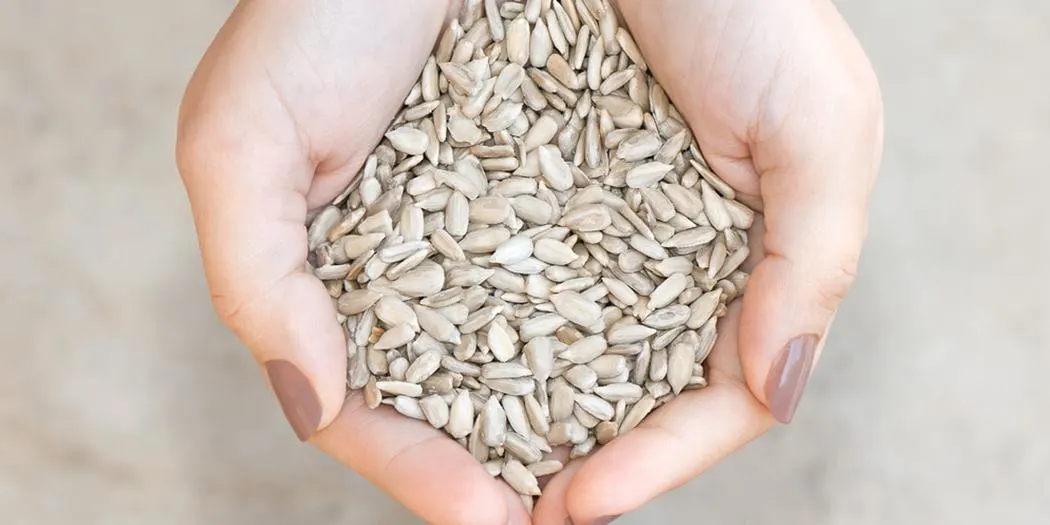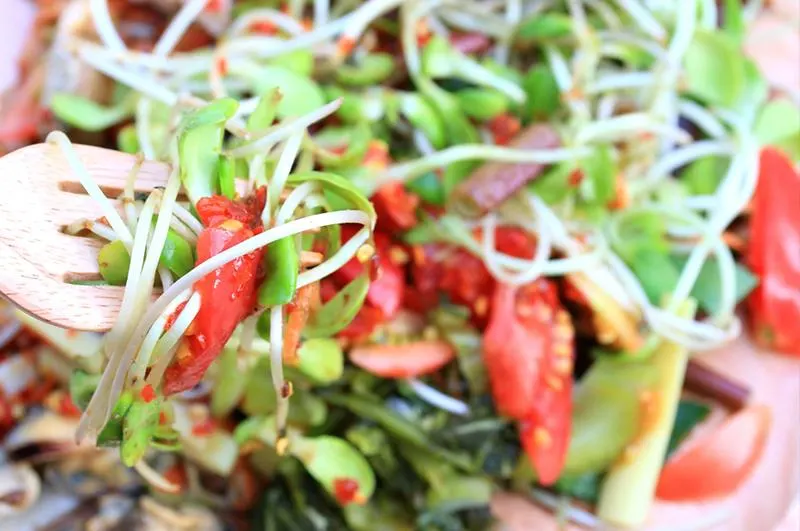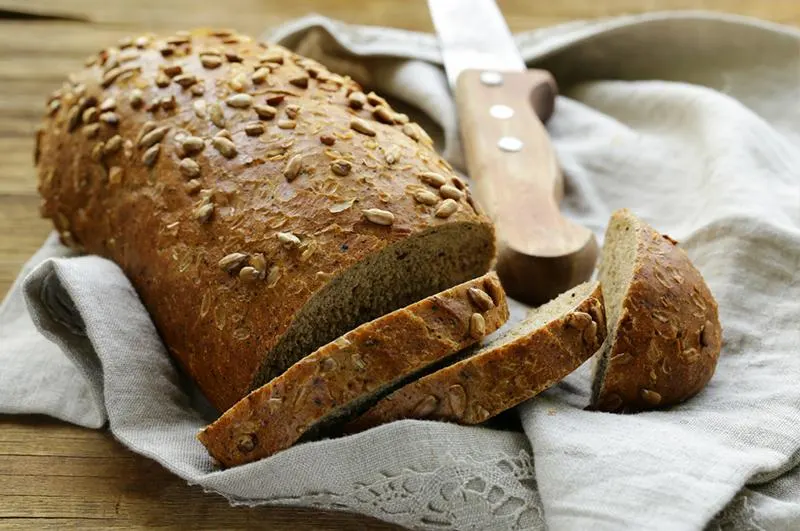September 18, 2015
How to Prepare & Eat Sunflowers
When it comes to the delights from the garden, tomatoes, squash, peppers, corn and berries may come to mind. But did you know the sunflowers growing in your backyard garden plot can be eaten, too? In fact, you can eat the entire plant, from the leaves to the seeds. It’s time to rethink using your garden flowers as just a decorative accent. Here are three ways to prepare and eat sunflowers.
Roasting Sunflower Seeds
Not only do sunflowers look great in a vase on the kitchen table, they provide a range of health perks as well. For example, a sunflower’s seeds offer a wide variety of nutritional benefits. They are rich in vitamin E, B-1 and the mineral copper. Vitamin E can help protect your cells against the chemicals that damage your cell membranes, proteins and DNA, called free radicals. It also promotes healthy circulation and the production of red blood cells. Vitamin B-1 helps process the energy from foods and helps produce essential nucleic acids. The copper found in sunflower seeds can benefit both your hair and skin in addition to supporting metabolism.
Roasting the seeds is simple. The National Sunflower Association suggests soaking the seeds in a salt and water mixture overnight and cooking them the next day at 300 degrees on a cookie sheet for 30 to 40 minutes. After they are roasted and have had time to cool, store the seeds in a sealed container for snacking. Experiment with different seasonings, from cajun spices to barbeque flavors. They can be used atop salads, in a stir fry, mixed in with bread dough or eaten by themselves.
Sunflower Salads
The leaves and the spouts from your garden sunflowers can be eaten alone or you can use them in a hearty garden salad. Harvesting the sprouts while trimming and maintaining your growing sunflowers is a great way to conserve the leftover and otherwise wasted part of the plant. Mixing the leaves and sprouts with cabbage or spinach makes for a delicious garden salad. The stalks from the sunflowers can also be eaten in salads, as they add a crunchy, celery-like texture to the dish. It’s best if you use younger stalks rather than mature, woody sunflower stalks. Adding sunflower seeds to your salads instead of croutons can give you a healthier, crunchy alternative. And a light drizzle of sunflower oil can be used in place of a heavy, fattening dressing.
Sunflower Seed Bread
The seeds from sunflowers can also be used in breads. From sandwiches to morning toasts, sunflower bread offers a delicious, slightly salty addition to any meal. The easy-to-make 5-star rated sunflower bread recipe from Stephanie of Girl Versus Dough found on Tablespoon includes ingredients like warm milk, honey, sugar, wheat flour and, of course, one-fourth cup of sunflower seeds. You can also add a pinch of flax for an extra added health benefit. In under four hours, three hours and 35 minutes to be exact, you can make your very own homemade sunflower seed bread that can be eaten right away or frozen and stored for later. For the full recipe and step-by-step instructions visit Tablespoon.
Sunflower Seed Butter
Sunflower seed butter is readily available at the supermarket, but it’s really easy to make yourself, too. Just roast up some raw sunflower seeds with a bit of salt and stick the roasted seeds into a food processor. The Healthy Foodie gives a great tutorial here.
Blend sunflower seed butter into smoothies as a great source of protein. Use it in the place of peanut butter when making a sandwich. Or slather it on a banana or apple slices for a healthy mid-morning go-to.





